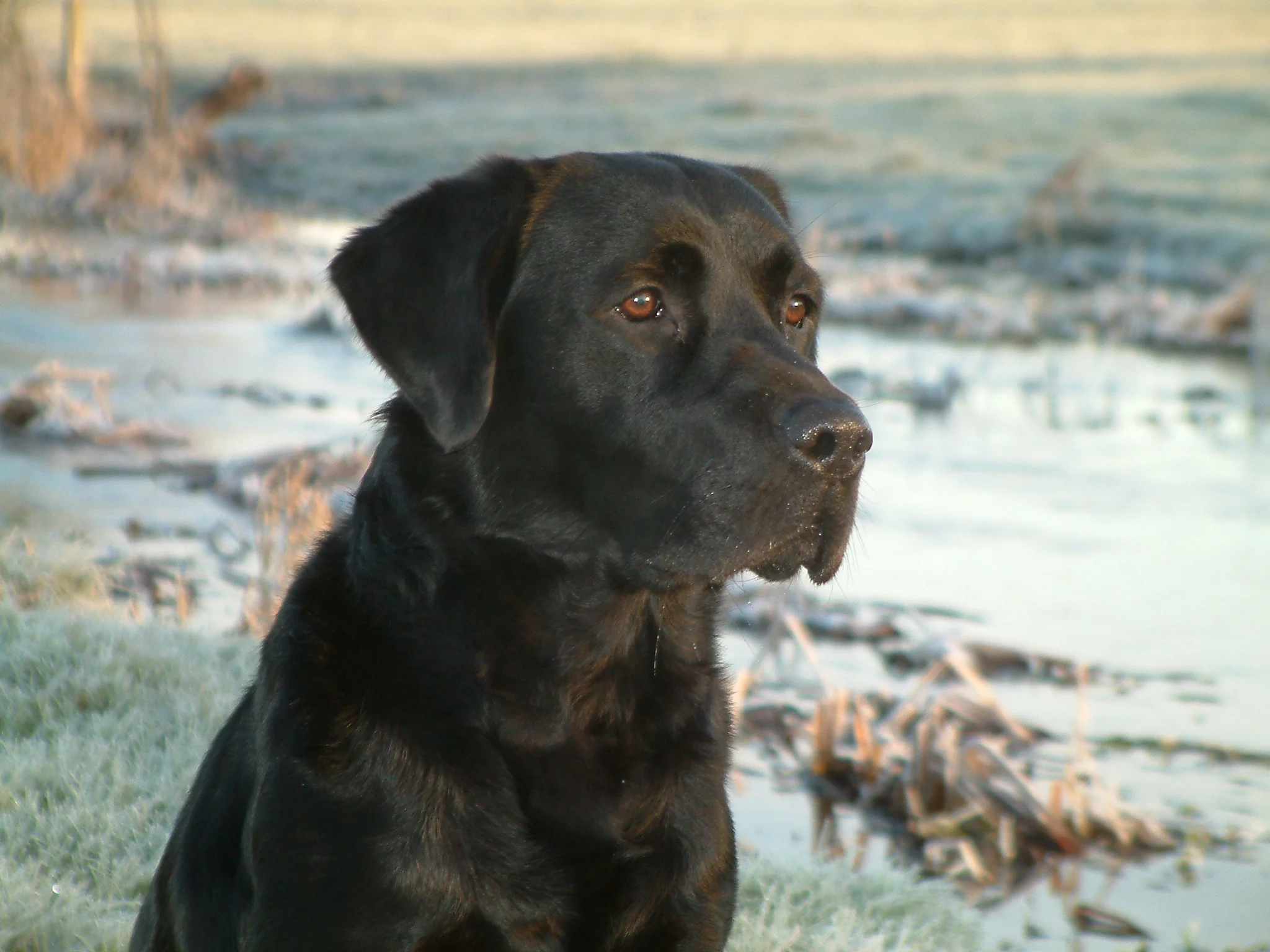More than 3,000 days ago, this presentation was made about how to organize prior art for patent litigation.
Failure to locate prior art earlier is not good cause
At the ITC, In the Matter of Certain Coenzyme Q10 Products and Methods of Making Same (April 3, 2012), Judge Rogers (337-TA-790) denied Respondents' motion to supplement their invalidity contentions as to a single prior art reference. Respondents' requested supplementation to add the Kanazawa article based on the explanation that the article
was not uncovered until ... counsel ... reviewed the prosecution history of U.S. Patent No. 5,011,858.
In denying the requested supplement for the Kanazawa prior art for "good cause" under Ground Rule 5, governing notice of prior art, Judge Rogers repeated his guidance provided at an earlier hearing concerning Ground Rule 5:
[Ground] Rule 5 talks about notices of prior art. There is a date in the procedural schedule for filing the notice of prior art. That's a not later than date, and if you are late doing it, and you haven't filed it timely, then proof of the matters related to that prior art that's not timely will not be allowed in evidence at the trial, unless you show good cause by a written motion, and the fact that your expert couldn't find the references is not adequate for good cause.
(Order at 2). Judge Rogers reasoned that he warned the Respondents about this situation at the preliminary conference, and therefore denied the proposed amendment to their notices of prior art.
Takeaways - Judge Rogers focused on the fact that identifying prior art after the notice date would only be permitted for good cause, and failure to locate a reference does not constitute good cause. It was also noted that the Kanazawa prior art was a publicly-available reference. With such tight time frames in the ITC, it appears there was little the Respondents could due once the notice period expired, except identify some other rationale to support the "good cause" requirement, different from explaining why the reference could not be found earlier.
Google stoking the patent crowdsourcing fire
The patent "crowdsourcing" topic, although addressed before, appears to be gaining some momentum. We know that Peer-to-Patent offers access to its website to spur the patent crowdsourcing initiative. As suggested by Peer-to-Patent, Eric Schmidt, and others, crowdsourcing the patent review process may help the PTO avoid issuing broad patent claims. One problem still remains - how to apply crowdsourcing to the patent landscape whether at the PTO, for litigation, or in reexamination.
For example, Article One Partners is in the process of applying crowdsourcing to prior art search. Peer-to-Patent applies crowdsourcing to prior art selection, with small doses directed towards analysis. Prior art analysis, or tools to aid in analyzing the prior art specifically against claims, remain in the background of these efforts. For crowdsourcing the actual prior art analysis, there's not much out there.
Although Lithosphere Software offers a set of patent tools directed to prior art analysis linked to patent claims, these tools are primarily designed for patent litigation to create invalidity contentions and invalidity charts. Schmidt's suggestion below is a good one, but very labor intensive, and still is not directed at how to organize the analysis.
Schmidt suggested that the real problem with the current patent landscape in the U.S. has longstanding causes; in the early ’90s and early 2000s, he said, there were a lot of patents issued that “were very broad”, and that patent clerks are now spending a lot of time combing through and invalidating these older patents. The best way to address this problem, he said, is to take the patents as they’re published and crowdsource them. The best way to potentially curb these patent wars, then, would be to publish the patents publicly and allow “everyone to comment to see if there’s any prior art”, he said.
via Google Chairman Eric Schmidt Weighs In On Patent Issues: They’re ‘Terrible’ | TechCrunch.
We have considered how to extend our patent tools, possibly simplify them, to make them more appropriate to non-patent lawyers. The gap in crowdsourcing patent and prior art analysis right now is how to allow "everyone to comment to see if there's any prior art." Once prior art is identified, the next logical step is matching the prior art to the claim language.
Once you check out Lithosphere Software's platform, let us know how you think we could simplify our platform to improve it for use by the general public to achieve that elusive "how."
Crowdsourcing your invalidity contentions and prior art searches
In this post we'll consider a topic I've thought about for some time - crowdsourcing. The concept is not new and has been applied to photography, social networks, software coding, and in a very limited way, prior art searching. Back in 2002, we were confronted with the problem of organizing a large set of prior art references. Having been involved in a database project that organized IP assets, the database concept seemed appealing. We searched for a commercial solution to our problem, but came up empty. We thought about what we really wanted to accomplish and settled on a goal of extracting and retaining the most relevant information from each prior art reference so that the information could be quickly searched. We designed a tool for that purpose in 2002. The tool performed the retention function very well. Because of the way we configured the database, extracting relevant information via search, beyond a list of references, was difficult. In 2003, we developed a Microsoft Word scripting tool that crudely integrated with the database to generate a form of invalidity charts.
So what does this have to do with crowdsourcing?
We've developed a system that can handle multiple, concurrent connections to a defined problem. Think of the defined problem as a project template. The template identifies what information is sought, and the users provide information about the problem using the project template. In other words, define the problem - then solve the problem. To this end, we have developed a way to discretely define and present a problem - how to invalide patent claims - to a group of people. The system can receive input about the problem and mesh that input with input from other group members. Isn't this what crowdsourcing is all about?
A more concrete example is a joint defense group defending against patent infringement allegations. One of the litigation defenses invariably is that the patent in question is not valid. The project template can be used to receive information from attorneys, at different law firms. This information is directed to the claimed features found in the prior art, to form the invalidity contentions relied upon the joint defense group members. We see the beginnings of a crowd for this type of project.
The project template could even be used to receive prior art search result submissions. In this case, the searchers would be the crowd. Sounds simple enough and there are companies that already provide this service. Now imagine that instead of commissioning a search and having attorneys review the results, the searchers themselves have access to a platform for sharing their understanding of the prior art. Not just the prior art references, but information contained within each prior art reference as it relates to the defined problem. Not a writeup in a document, but data entered into a database to be mixed with the data from all other searchers. Under this approach, the individuals most knowledgeable about the prior art (the searchers) take the first pass at the analysis and record their analysis into the system. Attorneys would then review and vet how closely the analysis matched features found in the claims.
Even Article One Partners, a noted leader in the search field, has not achieved this level of project focus. In the Article One crowdsourcing model, a search request is broadcast to a vast team of researchers. The researchers then review their archives and report back their findings by identifying relevant prior art, each vying for a bounty. The knowledge and understanding that each researcher has about the prior art is not transferred in this process, however. What if this could be done in a different way so that the searchers knowledge is transferred in the process?
We think we can fill this gap with our system. Our system already provides a bridge that allows users to transfer their knowledge about the prior art using a project template. The information entered into the project template can also be used to generate invalidity charts because the template fields are already linked to the claims of the target patent. We have even considered a way to anonymize the identity of individuals inputting information into a project template if anonymous submissions are desirable.
We believe this is a different way of thinking about prior art searching and litigation workflow. We hope you'll give us a few moments of your time and consider having us demonstrate the system to you and your team.
from Patent Prospector: Building an Invalidity Position
PatDek can help identify the gaps and holes in your invalidity analysis. Consider this best practice suggestion from Patent Hawk, a well-regarded prior art searcher, and consider how PatDek can enhance your analysis.
Best practice is to holistically build an invalidity position: search, chart, then search more if necessary to fill any gaps.
via Patent Prospector: Building an Invalidity Position.
If gaps exist in the prior art, how can you learn where those gaps are? If a new search is undertaken, how do you integrate the new search results into your case? We can help you with these problems. Because the prior art set evolves during a case, you should consider a flexible management system to handle the defense aspects of your case. We welcome the opportunity to help you with your case. Just ask.






